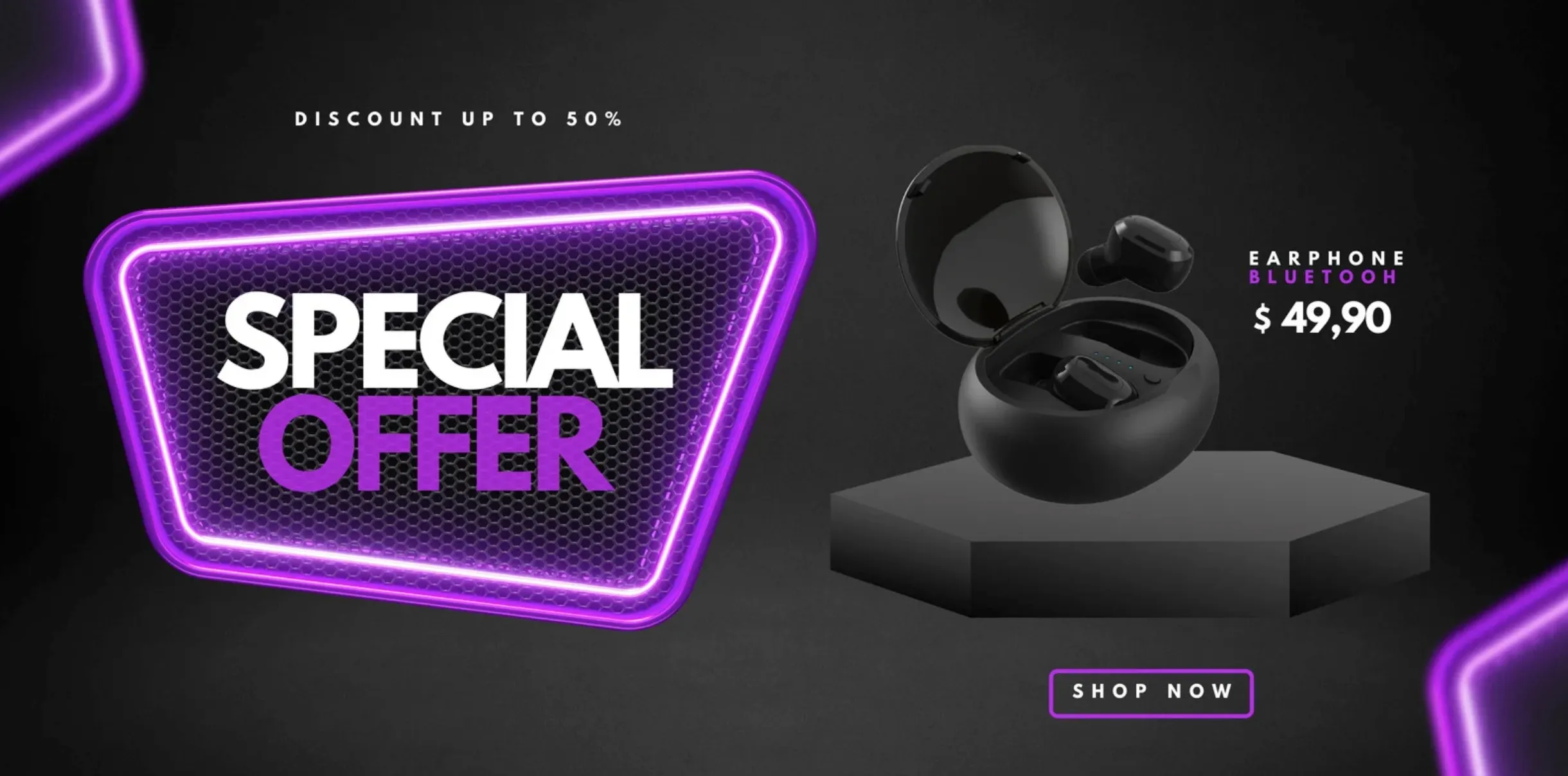Launch Your Shopify Store in 2025: A Complete Starter Guide
Thinking of starting your e-commerce journey? Shopify makes it easier than ever to turn your product idea into a full-fledged online business. Whether you're selling handcrafted items or dropshipping trending products, now is the best time to launch.
1. Why Choose Shopify?
Shopify is trusted by over a million merchants worldwide. Its clean UI, app ecosystem, and powerful integrations let you scale quickly. Whether you're tech-savvy or just starting out, Shopify meets you where you are.

2. Getting Set Up the Smart Way
Before you jump into themes and products, get clear on your niche and customer. Then, set up your domain, install a responsive theme, and connect essential sales channels like Instagram and Google Shopping. These early steps are crucial.
"A strong Shopify store isn’t built overnight — it's built intentionally, one step at a time."
3. Must-Have Apps for New Stores
To make your store work smarter, use tools like Oberlo (for dropshipping), Klaviyo (for email marketing), and Judge.me (for reviews). These apps enhance customer experience and automate your backend workflow.
4. Optimize for Conversions
Your store design matters. Focus on a clean layout, high-contrast CTAs, trust-building elements like reviews, and mobile optimization. Add urgency with countdowns and scarcity tools — but keep it ethical.
Launching is just the beginning. With the right tools and strategy, your Shopify store can grow into a sustainable brand.
5 Shopify Design Mistakes to Avoid
Even with Shopify’s ease of use, many beginners make design mistakes that hurt sales. Let’s cover five critical errors to avoid:
- Using Generic Templates: Don’t blend in. Customize your theme to reflect your unique brand.
- Neglecting Mobile: Over 60% of shoppers browse via mobile. Your site must load fast and look sharp.
- Confusing Navigation: Keep menus simple and product categories clear to avoid frustrating users.
- Weak Product Pages: Use high-quality images, persuasive descriptions, and clear CTAs to convert browsers into buyers.
- No Social Proof: Add reviews, testimonials, and UGC (user-generated content) to build trust instantly.
Creating a Brand, Not Just a Store
Shopify gives you a store, but branding gives you a business. Here's how to differentiate yourself in a crowded market:
1. Find Your Brand Voice
Your tone, language, and vibe should be consistent — from product pages to social posts. Make it memorable.
2. Visual Identity
Pick a color palette, logo style, and photography aesthetic that speaks to your audience and product type.
3. Share Your Mission
Tell the story behind your store. People buy products, but they support stories they believe in.
4. Connect with Your Audience
Email marketing, live chat, and community-driven content help you build deeper connections with customers.
5. Keep Evolving
Trends change fast. Stay updated with Shopify features, social media tactics, and user feedback to refine your store continuously.
How Content Marketing Helps Your Store Grow
Beyond ads, content helps you attract, educate, and convert your audience. It’s the best long-term traffic source for Shopify stores.
1. Drive Organic Traffic
SEO blogs targeting your niche help you rank in Google. Think guides, how-tos, and product comparisons.
2. Repurpose Everywhere
One blog post = multiple social posts, emails, and reels. Get the most out of each piece of content.
3. Build Brand Authority
Regular, valuable content positions your store as an expert. Customers trust — and buy from — experts.
4. Nurture Leads
Use blog articles in your email flows to educate subscribers and move them closer to buying.
5. Educate While Selling
Explain how your products solve problems. Tutorials, case studies, and testimonials work wonders.